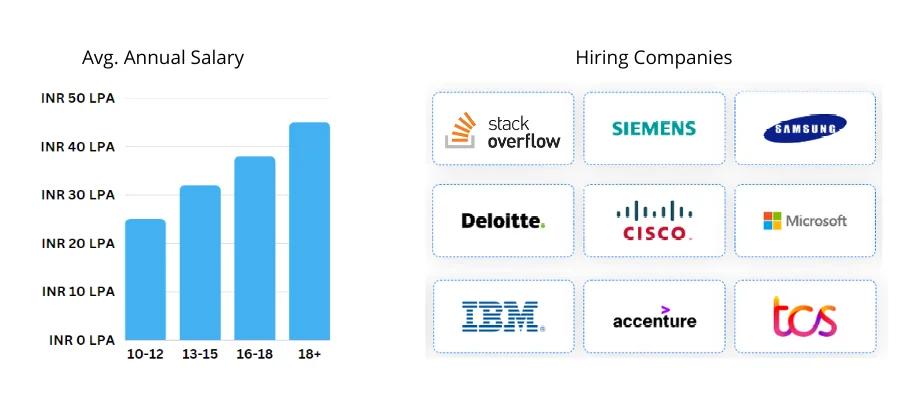Real World Project: ScholarJobs
Building a Job Portal website like Indeed or Naukri.com needs to handle user registration, job search, resume uploading, job applications, employer job postings, and offer real-time notifications, all while ensuring scalability, performance, and security.
Public Section
- Home Page
- About Us Page
- Contact Us Page
Account
- Login Page
- SignUp Page
- Forgot Password Page
- SignOut Page
Jobs
- Job Listing Page
- Job Details Page
- Job Apply
User Module
- Dashboard Page
- Jobs Listing Page
- Job Details Page
- Profile Page
- Change Password Page
Employer Module
- Dashboard Page
- Jobs Listing Page
- Add Job Page
- Profile Page
- Change Password Page
Admin Module
- Dashboard Page
- Job Listing, Create and Edit Pages
- User Listing Page
- Profile Page
- Change Password Page
Technologies Used
- C# 12
- NET Core 8
- EF Core 8
- SQL Server
- Bootstrap 5
- jQuery
Architecture and Practices
- Microservices Architecture
- Repository Pattern, Dependency Injection
- Authentication and Authorization
- Build Mobile Friendly UI
- Bundling and Minification
- Cache
- Errors Logging
- Deploy Code to Cloud
Intended Audience
- .NET Developers
- Sr. .NET Developers
- .NET Tech Leads
- .NET Solution Architects
Outcome of the Project
Create what was only once thought impossible. Project development allows you to bring your learning into reality to solve real-world problems. It will give you an invaluable edge in a competitive job market, allowing you to confidently showcase your real-world problem-solving abilities to potential employers to get hired.
















